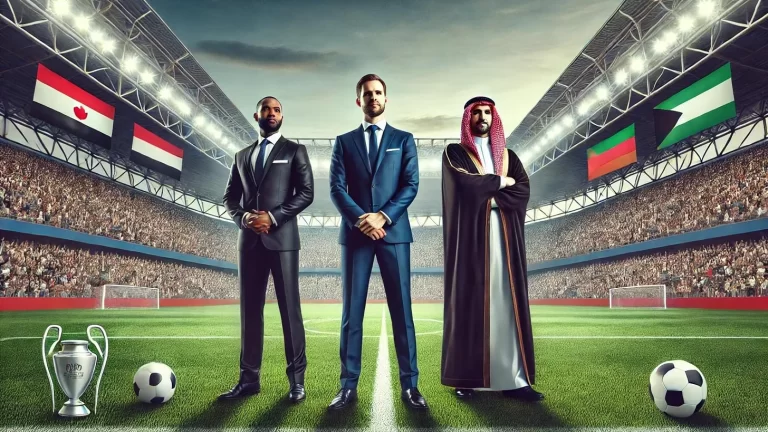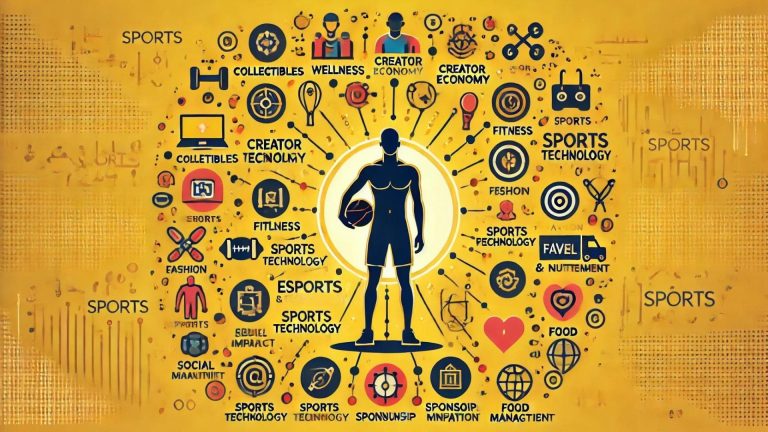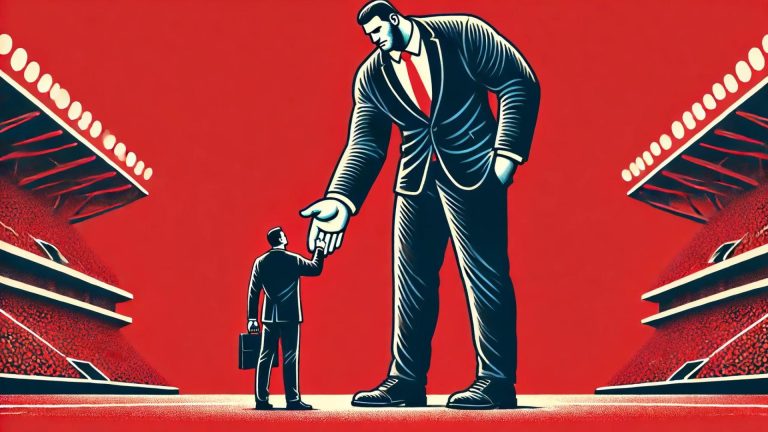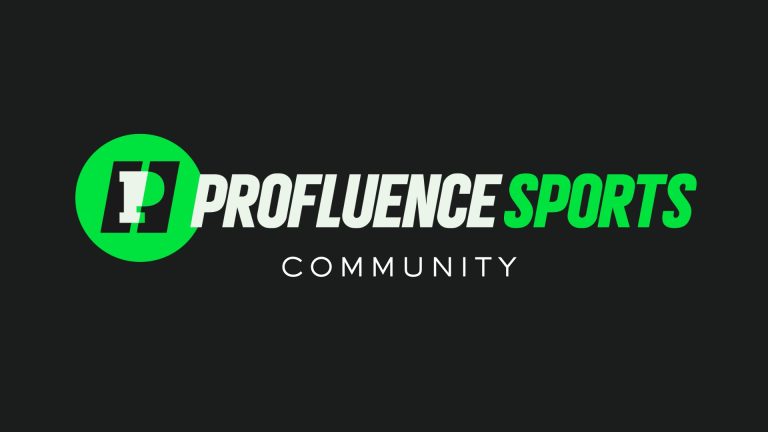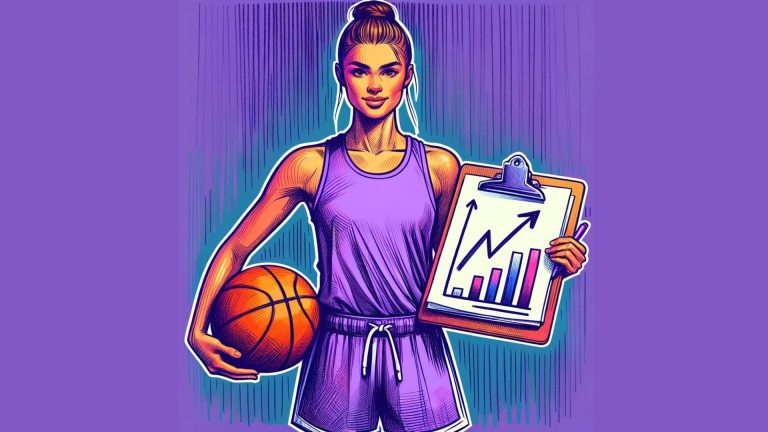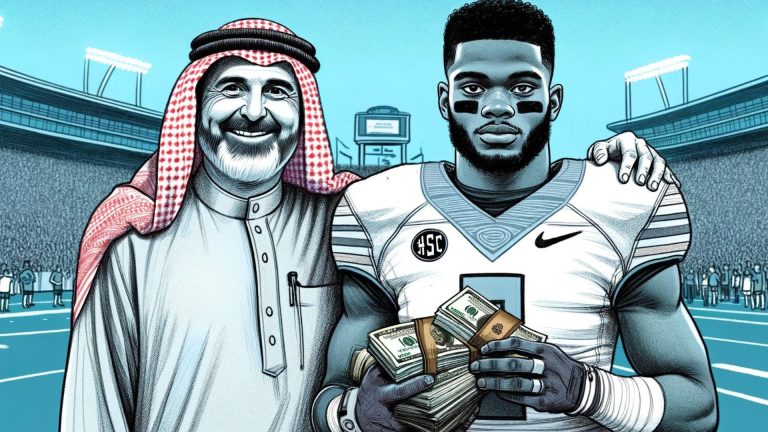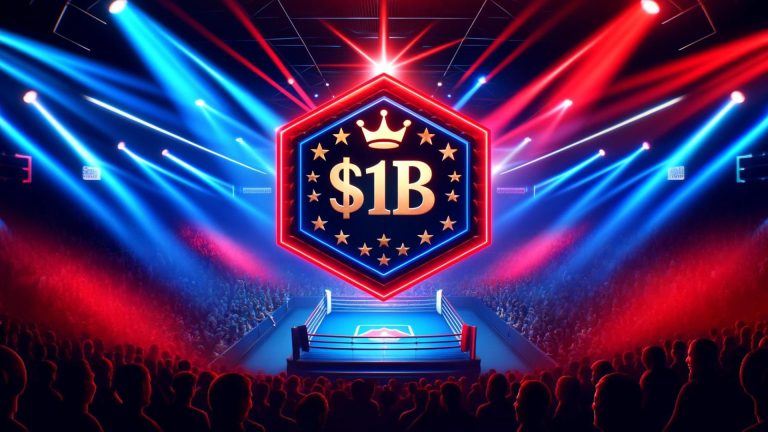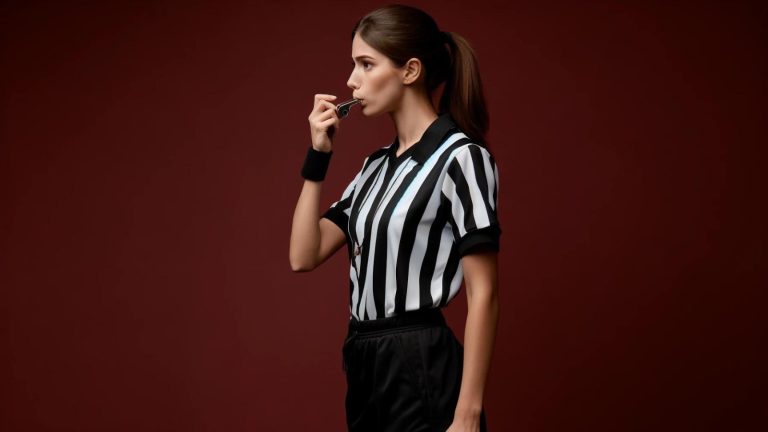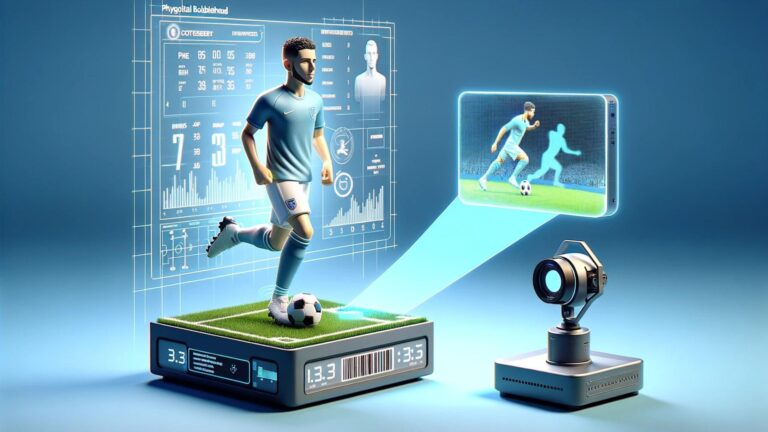Imagine relegation and promotion in college football 👀
With the season now underway…
I felt today was the perfect opportunity to explore what a future in college sports could look like.
Let’s Dive In 👇
Current College Sports Landscape
Median Revenue of Power 5 Schools = $126M
- 41% to coach and AD salaries
- 24% into facilities and equipment
- ~15% to student-athletes
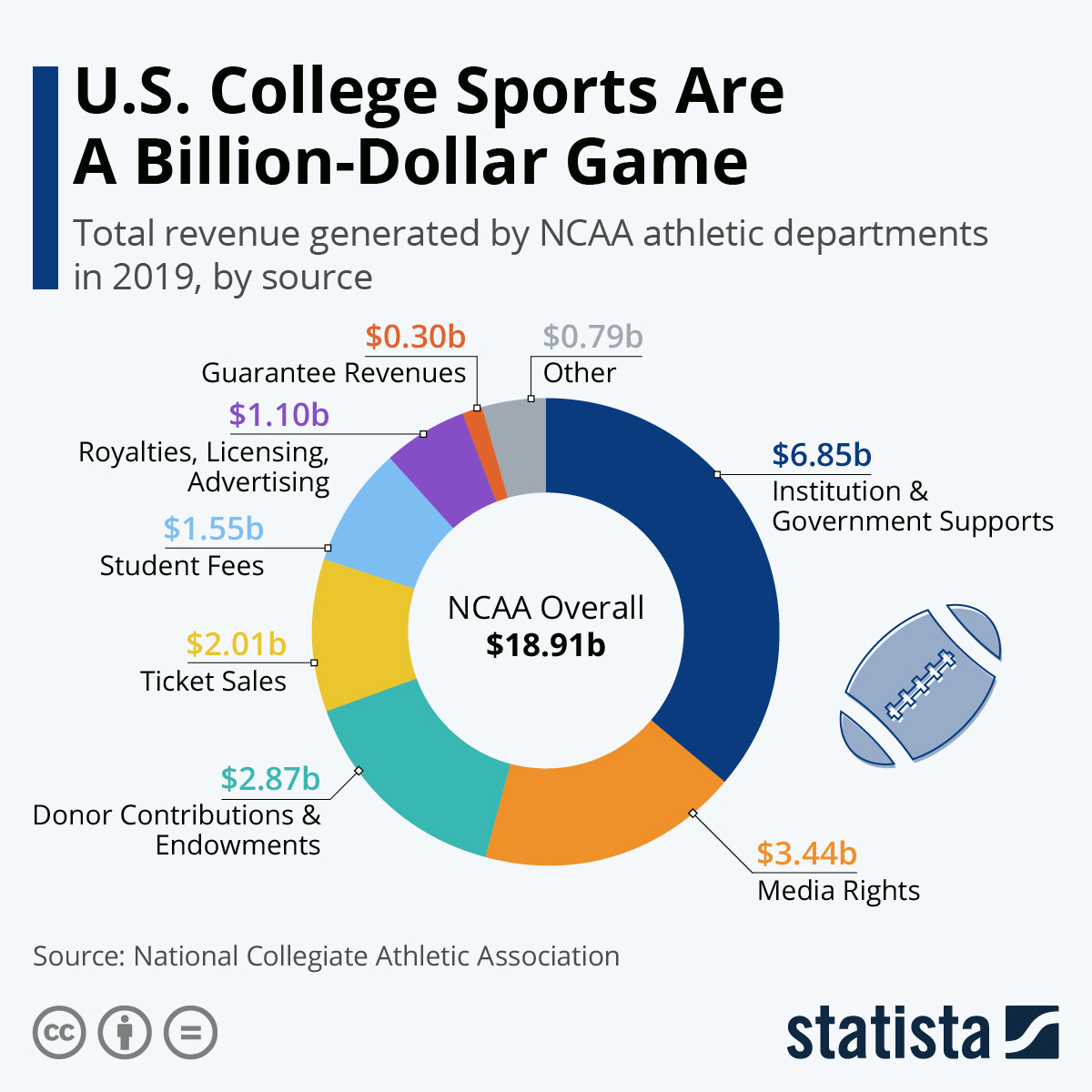
Data shows that FBS football coaches’ salaries grew by more than 80% from 2011-20 (more than twice as fast as the growth in athletic aid for college athletes).
And since the College Football Playoffs (CFP) began in 2015, annual severance payouts to FBS football coaches have tripled to over $500M.
We’ve entered a pivotal period in college athletics:
- Name, Image & Likeness – historic change in (NIL) policies; implemented with no guardrails/enforcement or uniformity and coupled with transfer freedom
- FBS Football – finances for the top schools are reshaping the entire landscape through conference realignments, media rights deals, CFP expansion
- New Models – holistic student-athlete model and transformation committee recommendations approved by the DI Board
- Potential Externally Forced Changes to Model – athletes classified as employees, revenue sharing, NIL damages litigation, state legislative activities
And revenue is drastically shifting to the top schools.
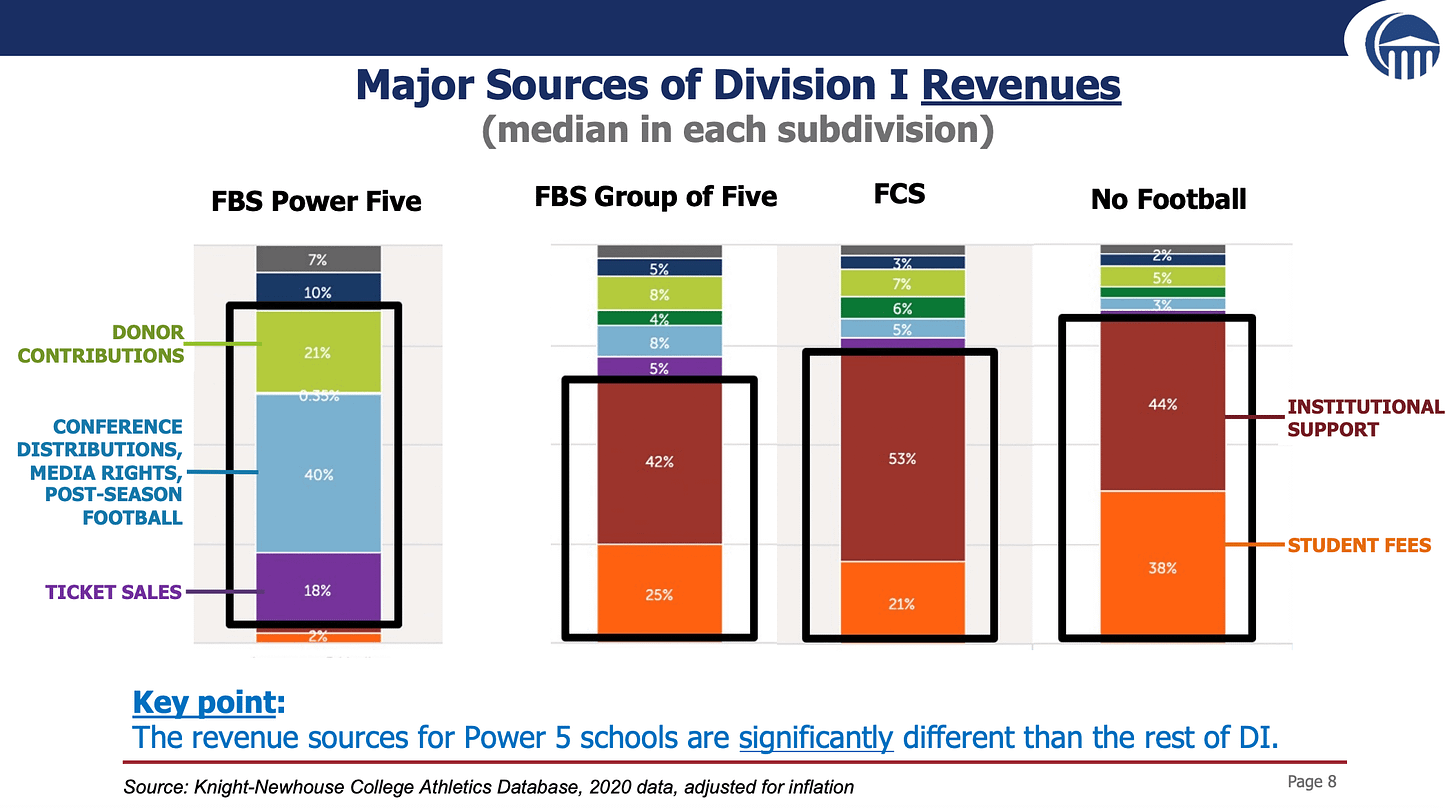
Before going any further — let’s look at the legal cases shaping the space.
College Sports Legal Cases
I believe it’s important to have some knowledge of the legal cases that are shaping the college sports landscape.
O’Bannon v. NCAA
A pivotal legal battle that challenged the NCAA’s restrictions on college athlete compensation for the use of their names, images, and likenesses (NIL).
While the case did not result in direct payments to athletes, it played a crucial role in reshaping the landscape of college athlete compensation.
Fair Pay to Play Act (California)
A significant step in the movement to permit college athletes to earn money from endorsements, sponsorships, and other commercial opportunities without jeopardizing their eligibility to participate in collegiate sports.
Went into effect in 2023 and played a pivotal role in pushing the NCAA to change its NIL rules on a national scale.
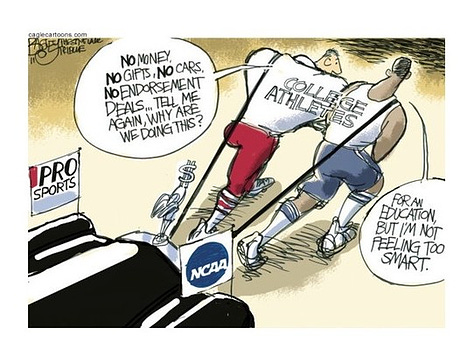

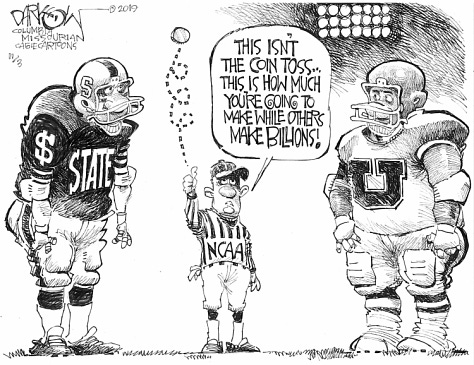
NCAA v. Alston
A landmark legal dispute that challenged the NCAA’s restrictions on educational benefits and compensation for college athletes.
The Supreme Court’s decision affirmed that these restrictions were anticompetitive and violated antitrust laws, marking a significant development in the ongoing debate about the treatment and compensation of college athletes.
Johnson v. NCAA
Live case that could transform college sports if student-athletes are deemed employees of their universities — it may have unintended consequences.
Knight Commission
The “Knight Commission on Intercollegiate Athletics” is an independent group with a legacy of leading reforms that strengthen the educational mission of college sports.
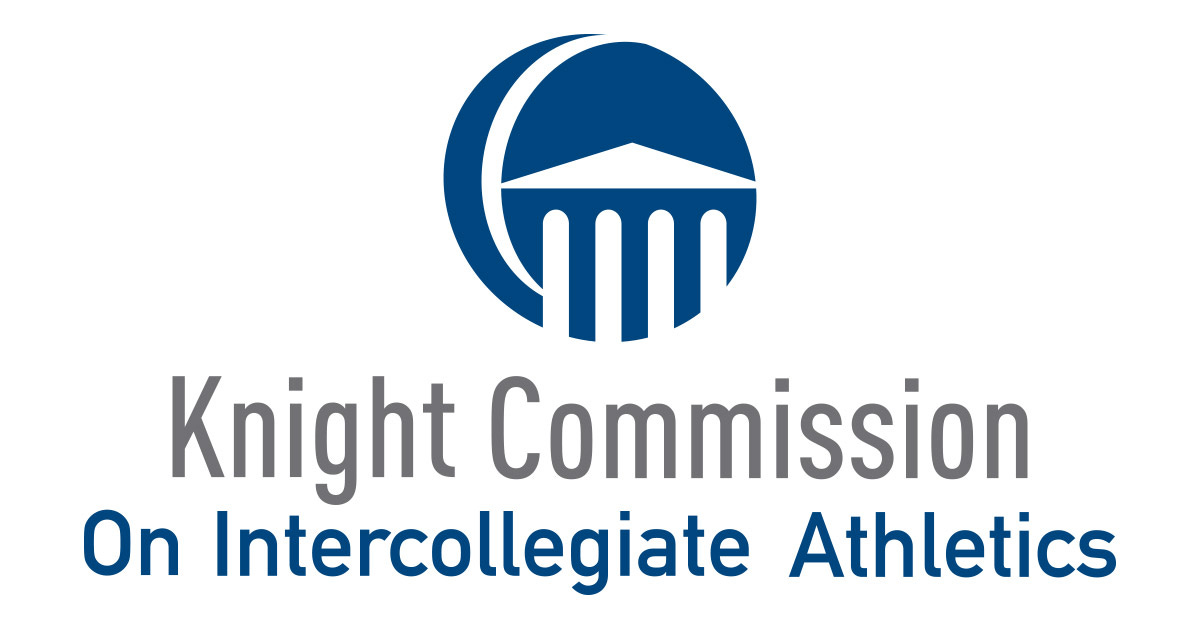
The Commission is composed of current and former university presidents, chancellors, university trustees, college athletes, and thought leaders from organizations with involvement in higher education or college sports.
In its recent report, the Knight Commission made three primary recommendations:
- Create a new entity, independent of the NCAA and funded by College Football Playoff (CFP) revenue, to oversee the sport of football in the FBS and manage all related issues (e.g., athlete education, health and safety, revenue distribution, litigation, eligibility, enforcement, etc.).
- The NCAA should continue to govern all other sports, including football in the Football Championship Subdivision (FCS) and men’s basketball, under a reorganized governance system that would establish equal voting representation for all Division I conferences.
- The NCAA and the new FBS football entity should adopt governing principles to “maintain college athletics as a public trust, rooted in the mission of higher education” and prioritize student athletes’ education, health, safety, and success.
Hypothetical College Landscape
It starts with FBS football programs breaking apart from their schools and creating for-profit entities in a new league called the CFP.
Next, you bring in private equity/pro sports owners to fund 49% (the school owns the other 51% and stays in control).
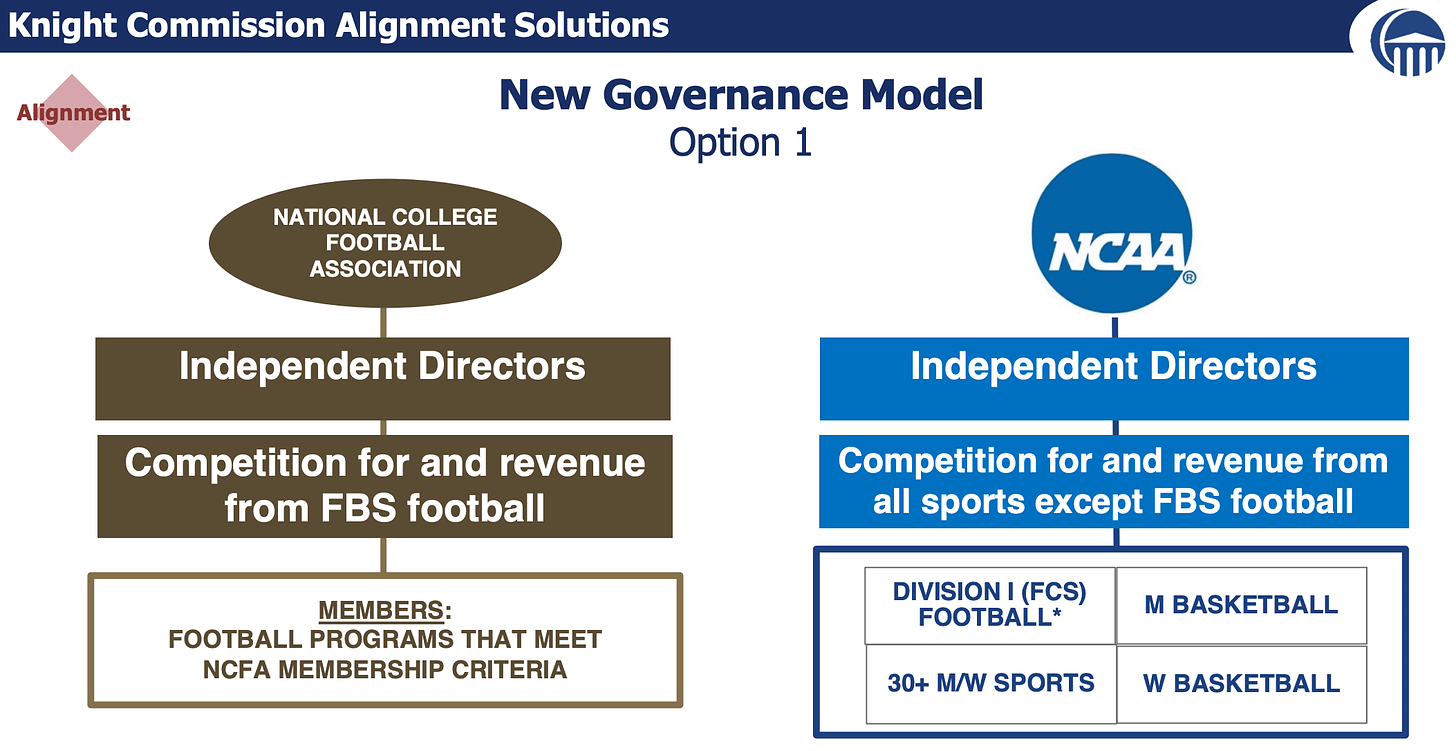
Then you can build front offices and run the organizations like professional teams.
So what’s this do…
- It opens up the ability to have a football union for the league (because they would be for-profit entities separate from the school).
- Players can then negotiate a CBA — which is 49-50% in pro sports leagues for salaries of the total revenue.
- Teams play tougher schedules — tighter betting spreads and more people watching so probably bigger media deals.
And what’s interesting…
You could set up the “CFP” similar to European soccer with relegation and promotion.
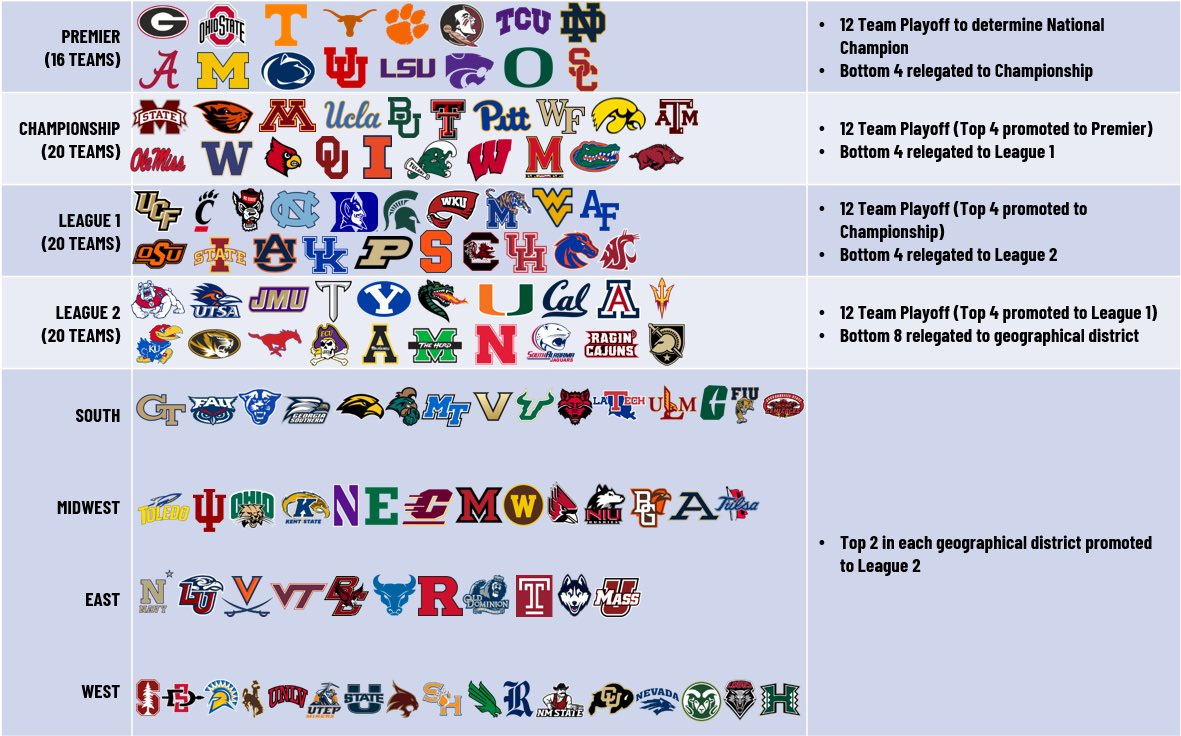
This makes a lot of sense when you look at it — and would create some insane parody.
CFP vs. NCAA
All in all…
The NCAA’s downfall might be the fact they let individual conferences own the CFP.
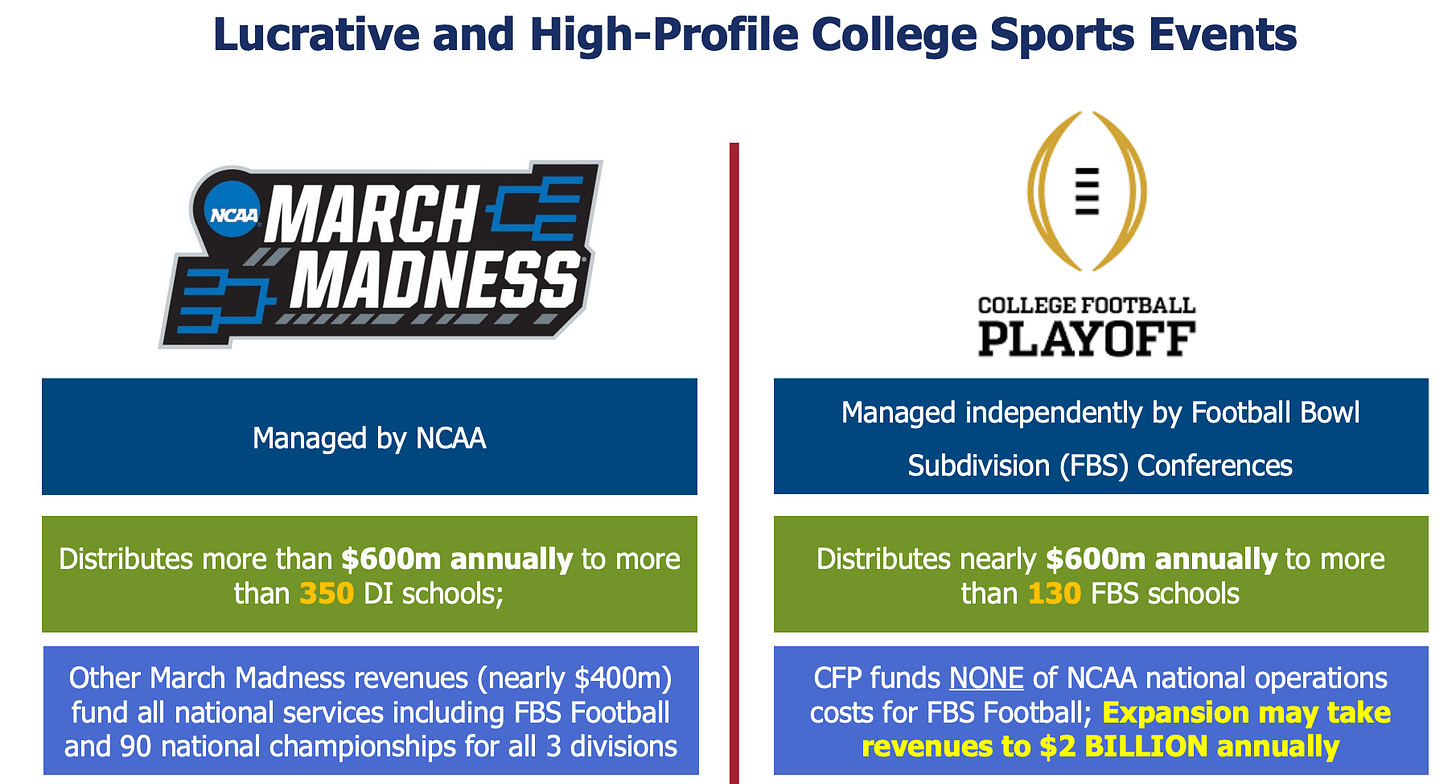
Never forget that college sports are a massive business.
As UCLA coach Chip Kelly said last week about the new clock rules:
“It’s crazy…Hope you guys are selling a lot of commercials.”
College sports are also an artificial marketplace at the moment…
There are only stakeholders who want victory (fans, athletic directors, donors) — not stockholders who want profit…Yet.
The only thing holding it back. Paying athletes as employees.
Looking Ahead
College sports will probably look and feel much different in 10 years, but the appeal isn’t going anywhere.
People live, breathe, and die college football.
There’s just too much money in it to not separate top schools and start paying athletes.
What happens to Olympic Sports?
I hope the NCAA or someone else has a good solution.
